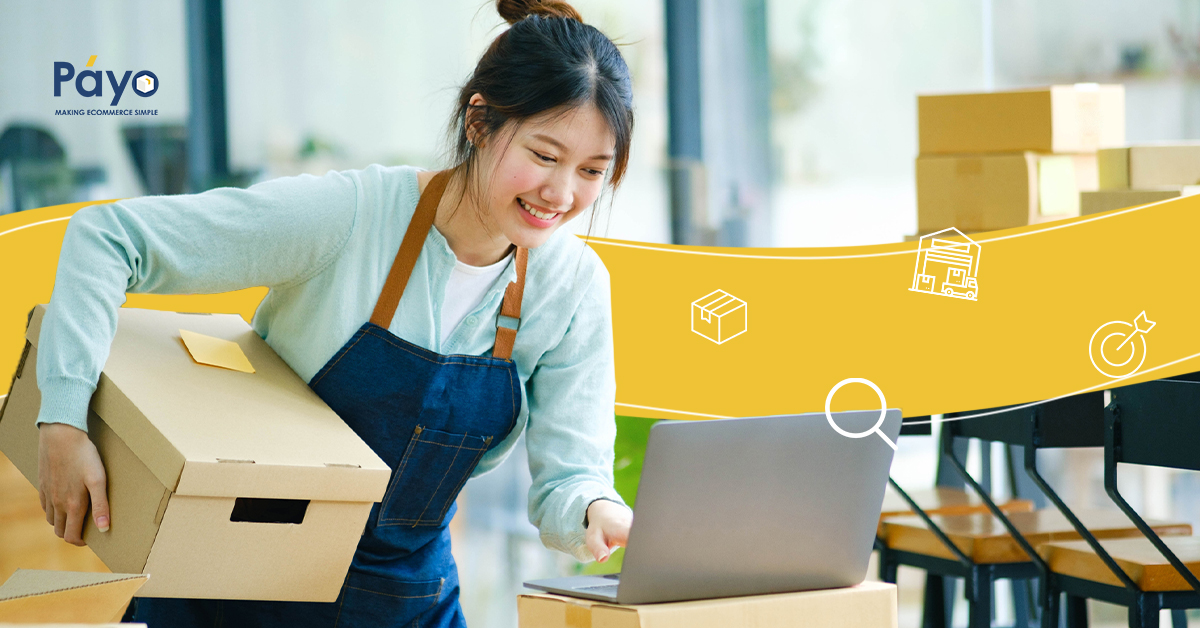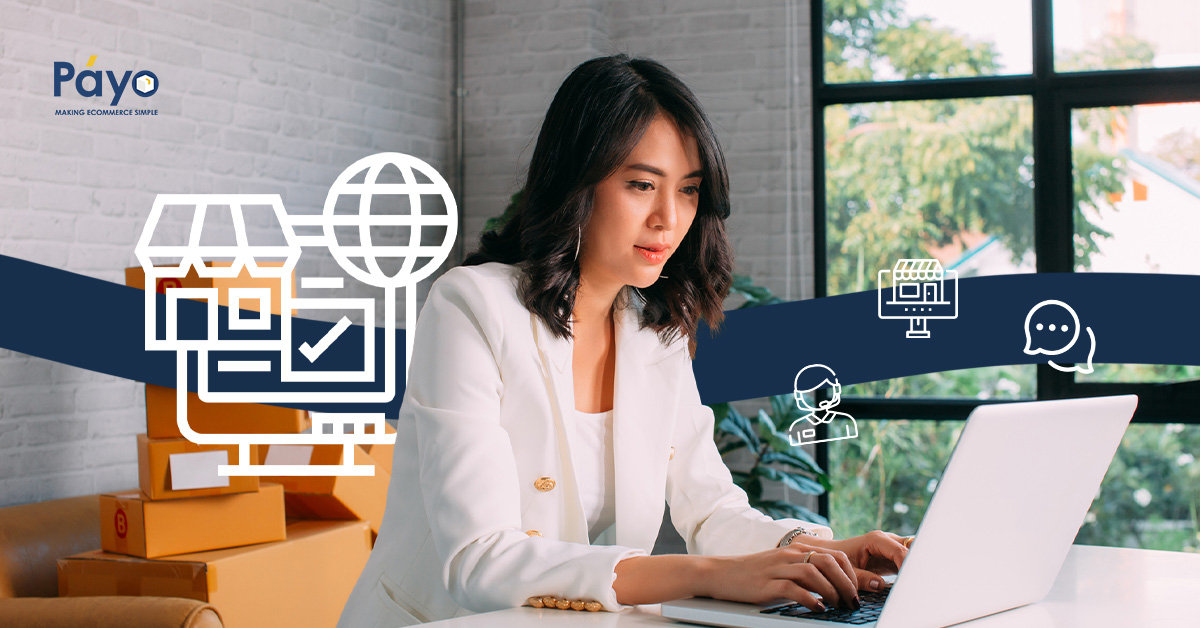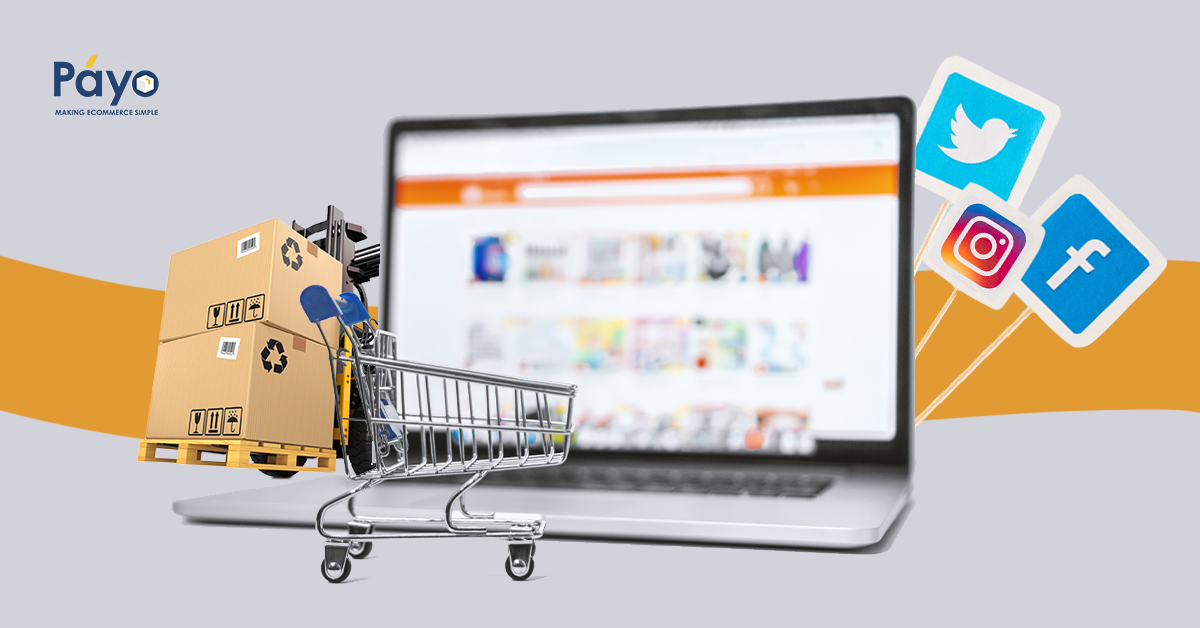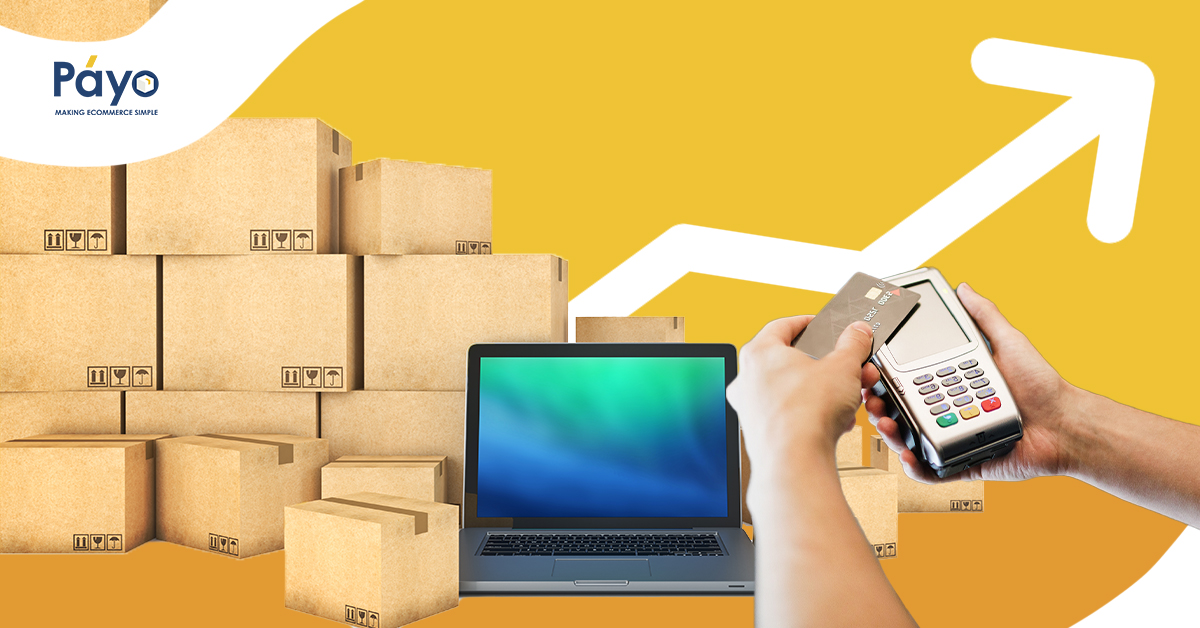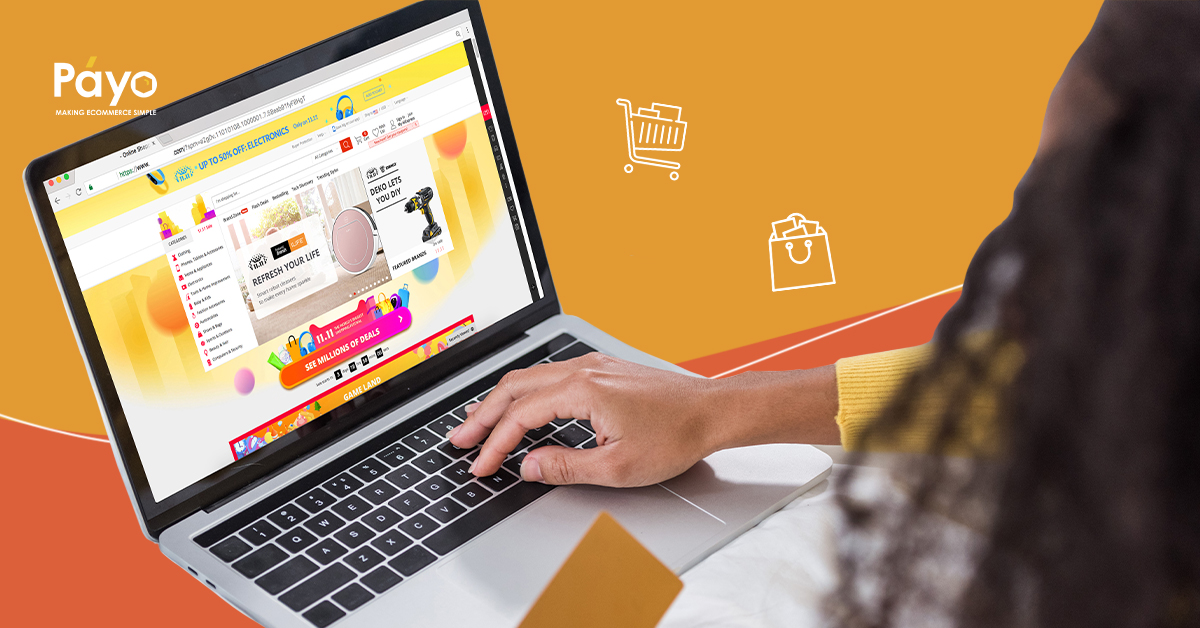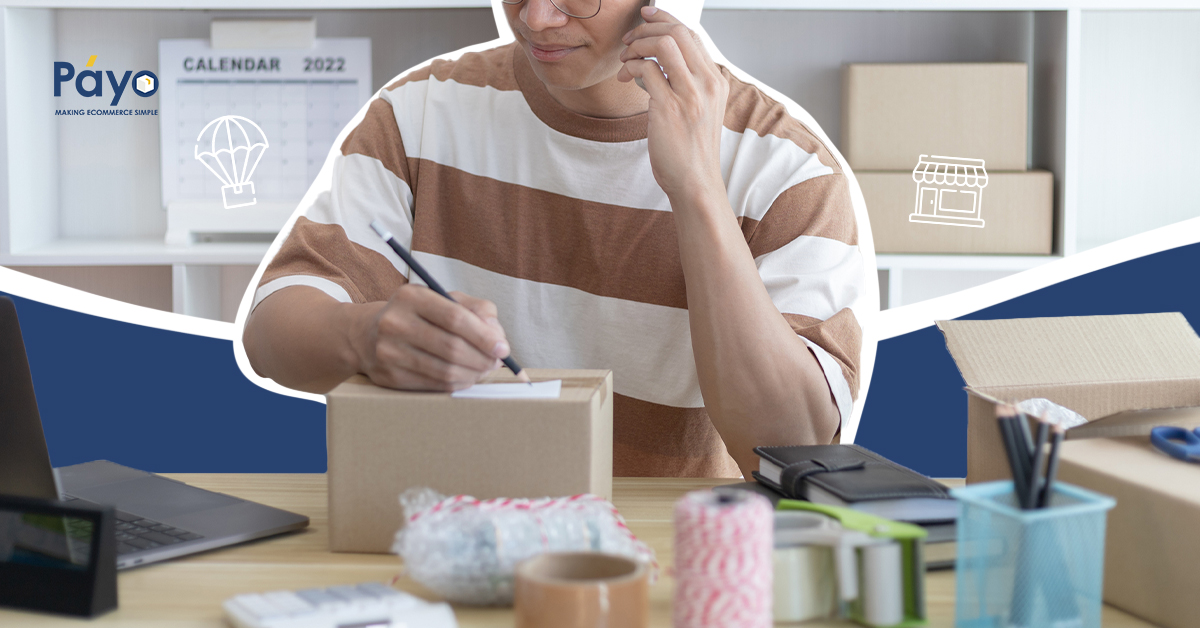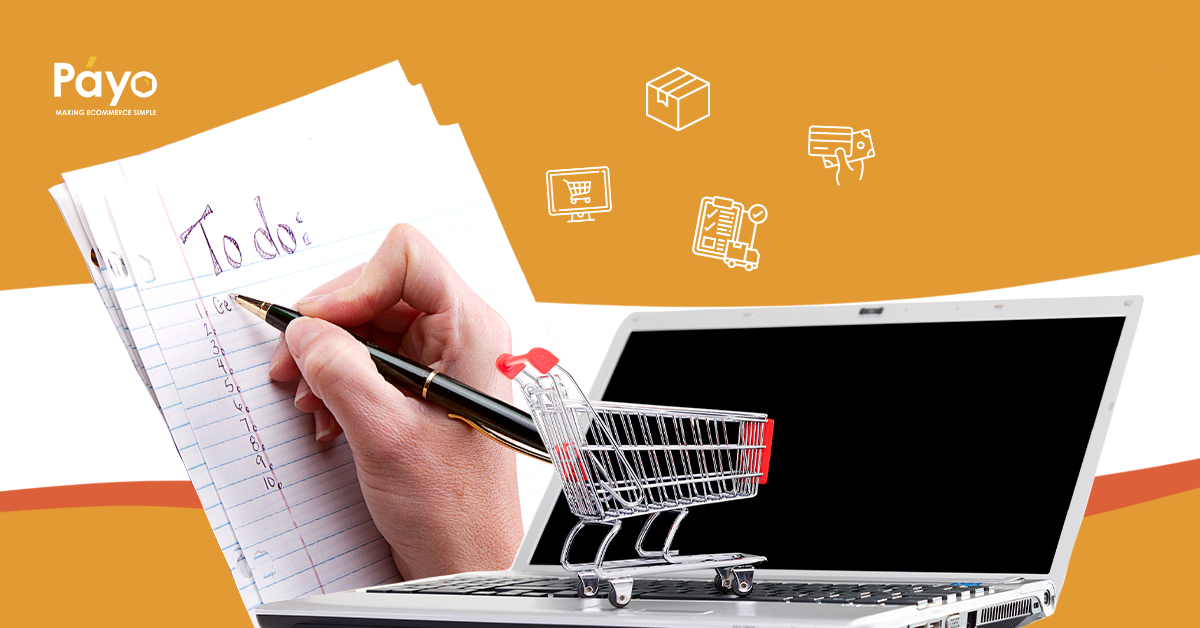Online retail continues to thrive as an industry, and E-commerce services are also expanding with it. With promos, vouchers, deals, even cash-on-delivery, consumers are more engaged. This has led to businesses needing to be more creative on how to sell their products.
In the Philippines, dropshipping is an E-commerce service that is gaining popularity among merchants who go into online retail. Dropshipping allows merchants to sell products without storage concerns because they work directly with third party suppliers. This helps them offer diverse products and it simplifies overall operations management.
If you’re considering this type of online business, here are five things that you should know about dropshipping in the Philippines.
Identify what to sell
Like many businesses, merchants who want to do dropshipping in the Philippines must also identify the products they want to sell. This can best be done by studying the market and finding a niche or specific audience to serve. Since many online sellers prefer dropshipping as a business model, new entrants need to check what products are of high demand to Filipinos. From there, they see how they can go about selling against the competition.
Work with suppliers
A benefit of dropshipping in the Philippines is that merchants can choose the suppliers that they want to work with. This grants them the freedom to do background checks. They can also ask to see samples of their products first. Merchants can set agreements to ensure that products are at their best quality, especially as orders come in and are shipped out.
Decide on your approach
There are two ways to go about dropshipping. Merchants can either purchase products from a supplier beforehand, or simply route orders directly to them after confirming the customer’s shipping details. Both will heavily rely on the suppliers as they will take care of the packaging and shipment of orders.
Find a place to sell them
When merchants start dropshipping in the Philippines, they can actually choose whatever selling platform they prefer. They can choose to sell on their own website, social media or online marketplaces. This E-commerce service allows merchants to take their products everywhere. What is important is that merchants do proper marketing and their suppliers handle the logistics properly.
Know the potential risks
Merchants who want to put up a dropshipping business in the Philippines must know that it also has risks. With this E-commerce service, merchants do not have direct visibility over products and handling. This can result in compromises on quality and fulfillment. These include wrong orders or addresses, damaged goods, and shipment delays, to name a few.
Thus, merchants must be ready to provide service recovery to manage potential negative customer feedback. This can be through discounts, replacements, or even refunds, all in an effort to save the relationship with the customer.
These are just some of the things to remember when you start dropshipping in the Philippines. If you’re looking to get into this, its best to have a partner that can support the different aspects of your store.
Choose the right partner
Dropshipping in the Philippines is quite simple and easy to do. What would make things easier for merchants is having the right partner that can help set their online store up and manage various aspects of the business. Payo is the best choice for the job because it is a leading E-commerce enabler. They offer innovative end-to-end E-commerce solutions to their partners. With Payo, merchants’ online selling experience can be efficient and seamless!
Among the E-commerce services that Payo offers are Marketplace Optimization, Live Customer Support, Fulfillment, Last Mile Management, and Cash-on-Delivery Integration. These are all essential in running the day-to-day of a digital store. With Payo’s help, merchants can pursue dropshipping in the Philippines with ease while also focusing on more important matters of their business.
Interested in starting your own dropshipping business? Sign up with Payo today or send us a message at [email protected]. Let’s get your online store up and running!

